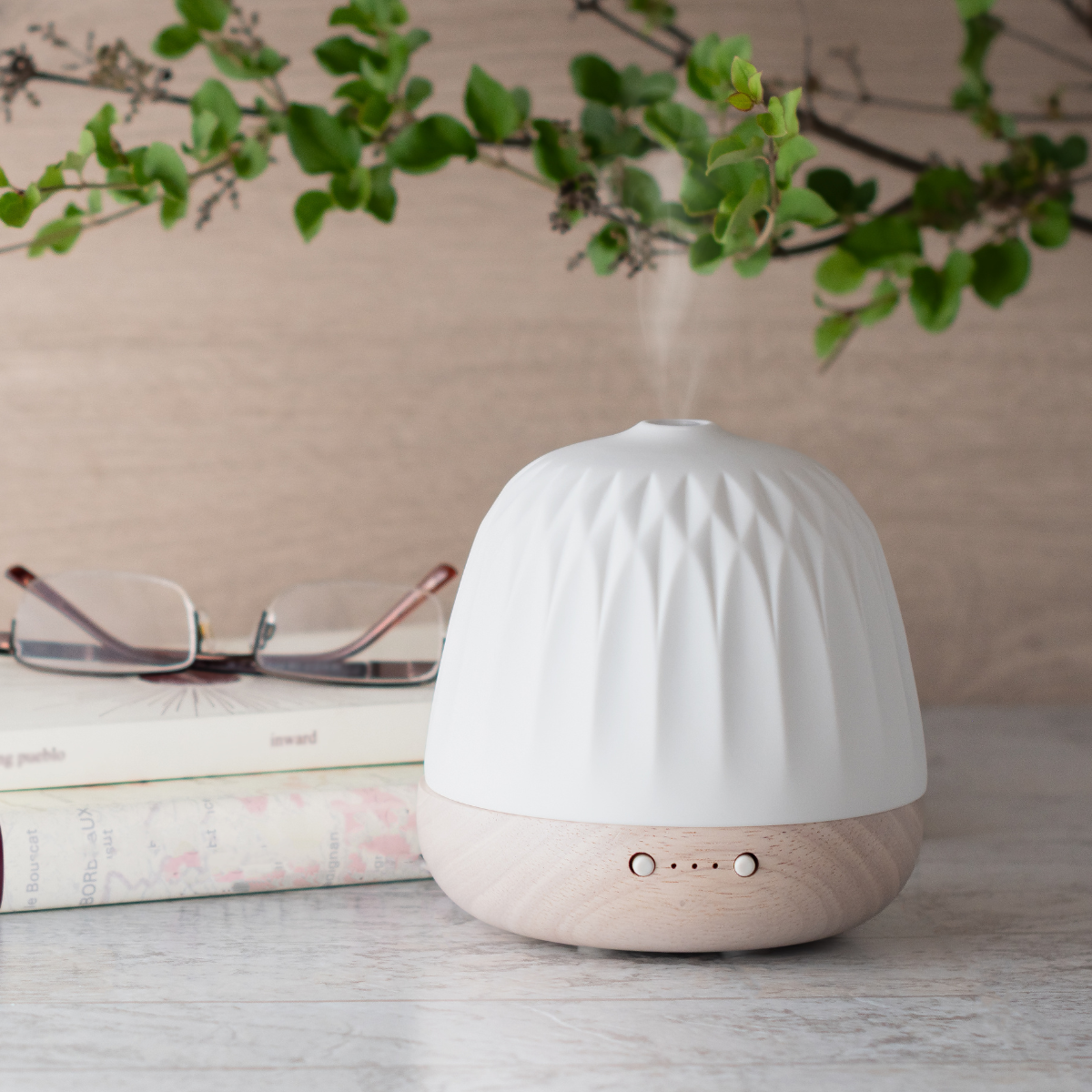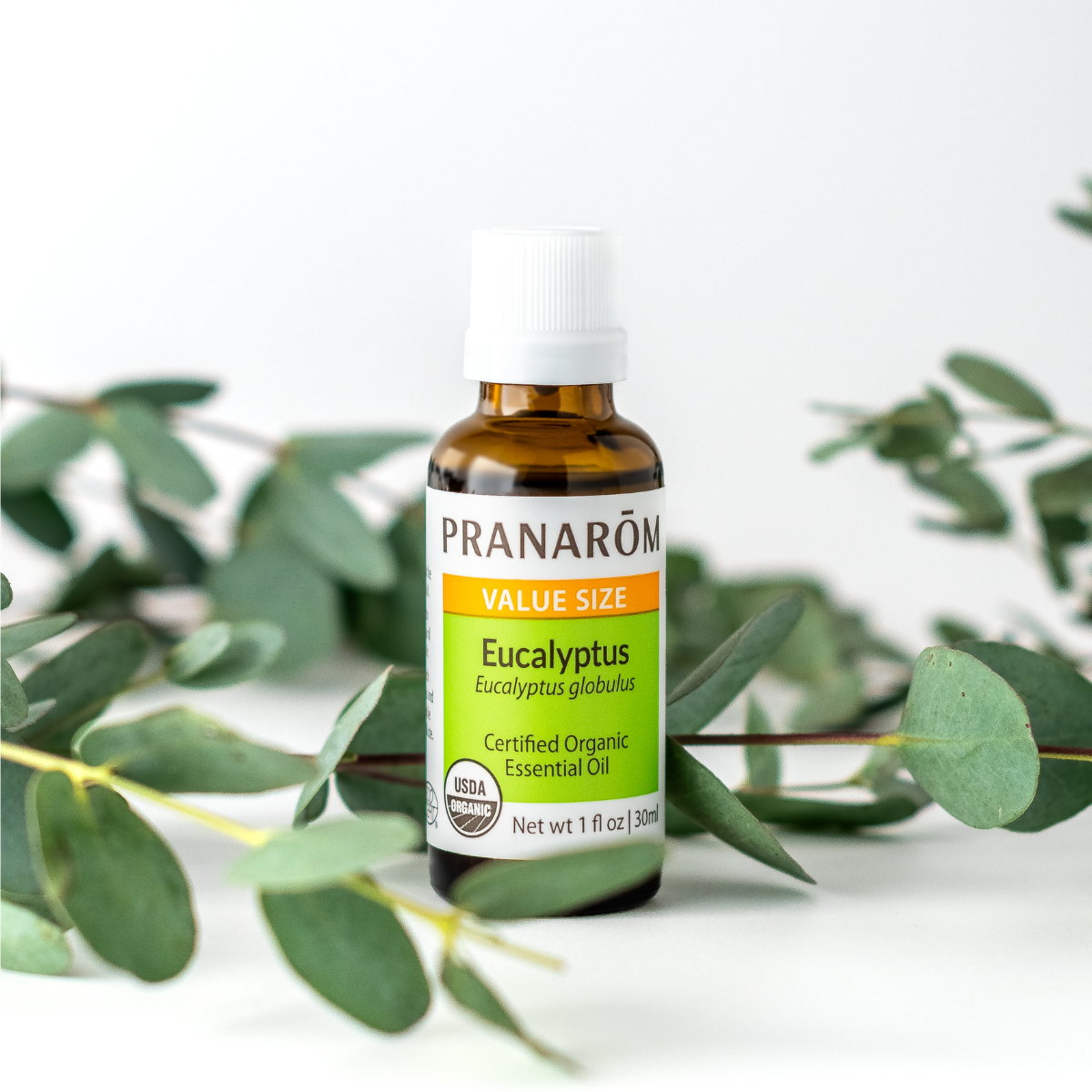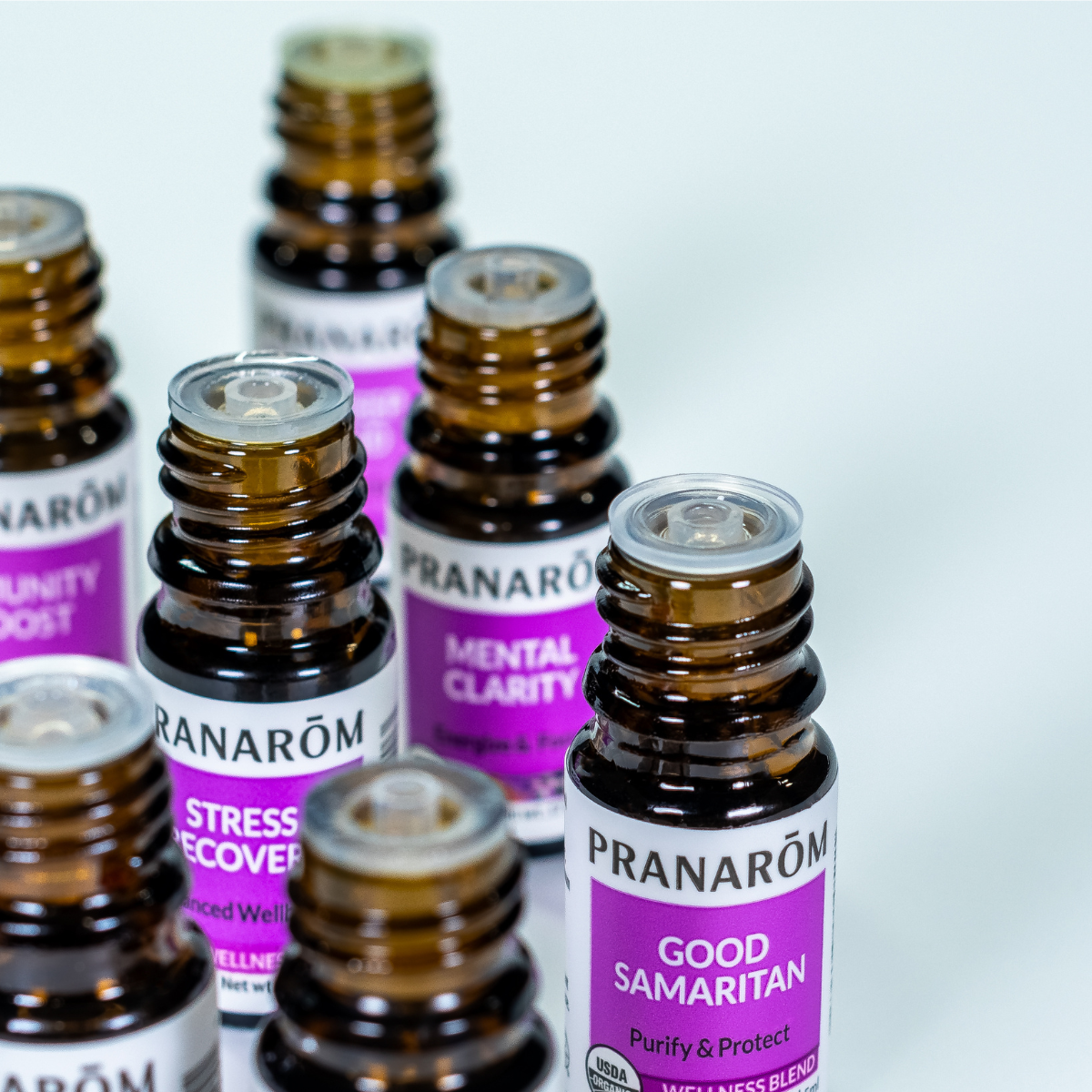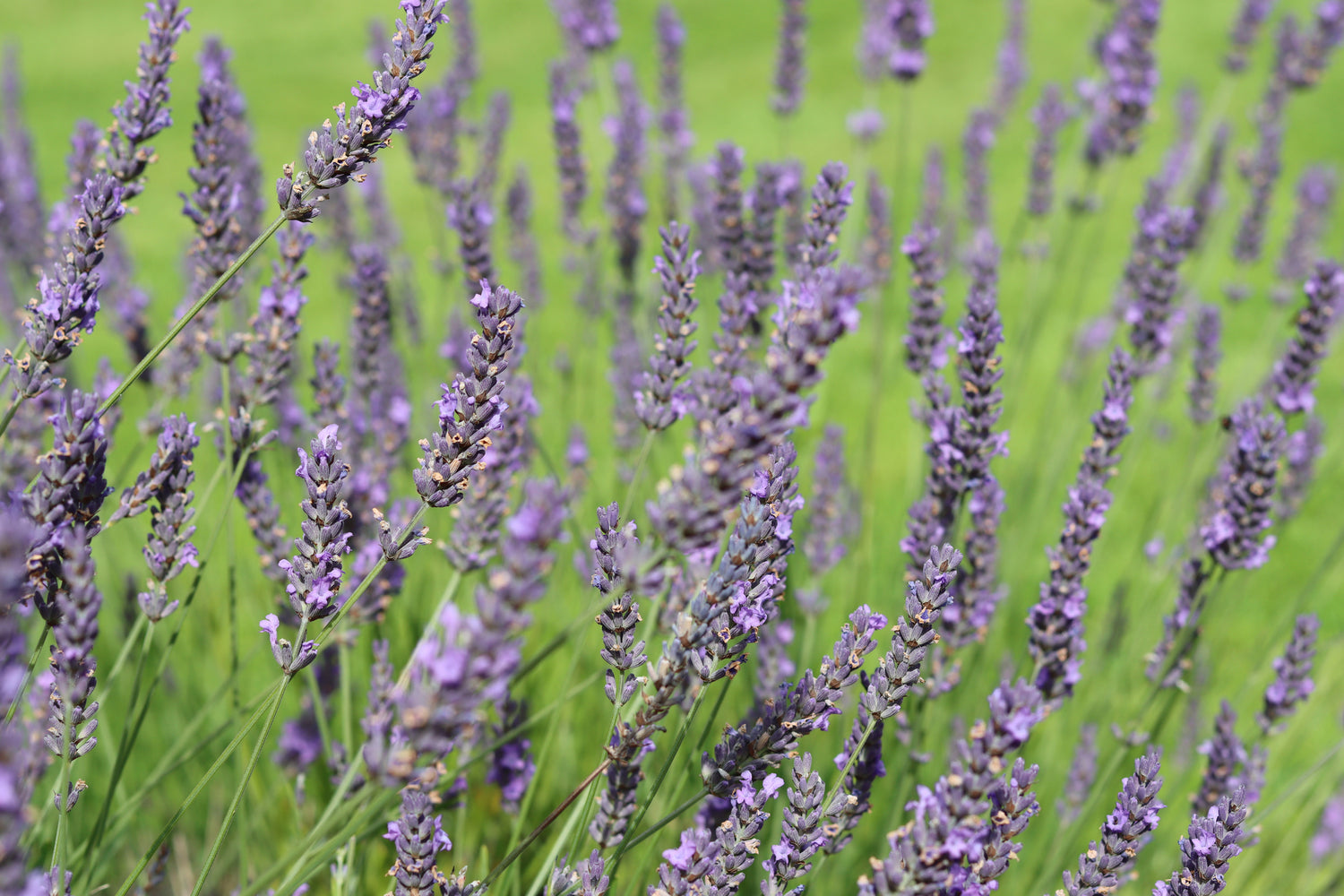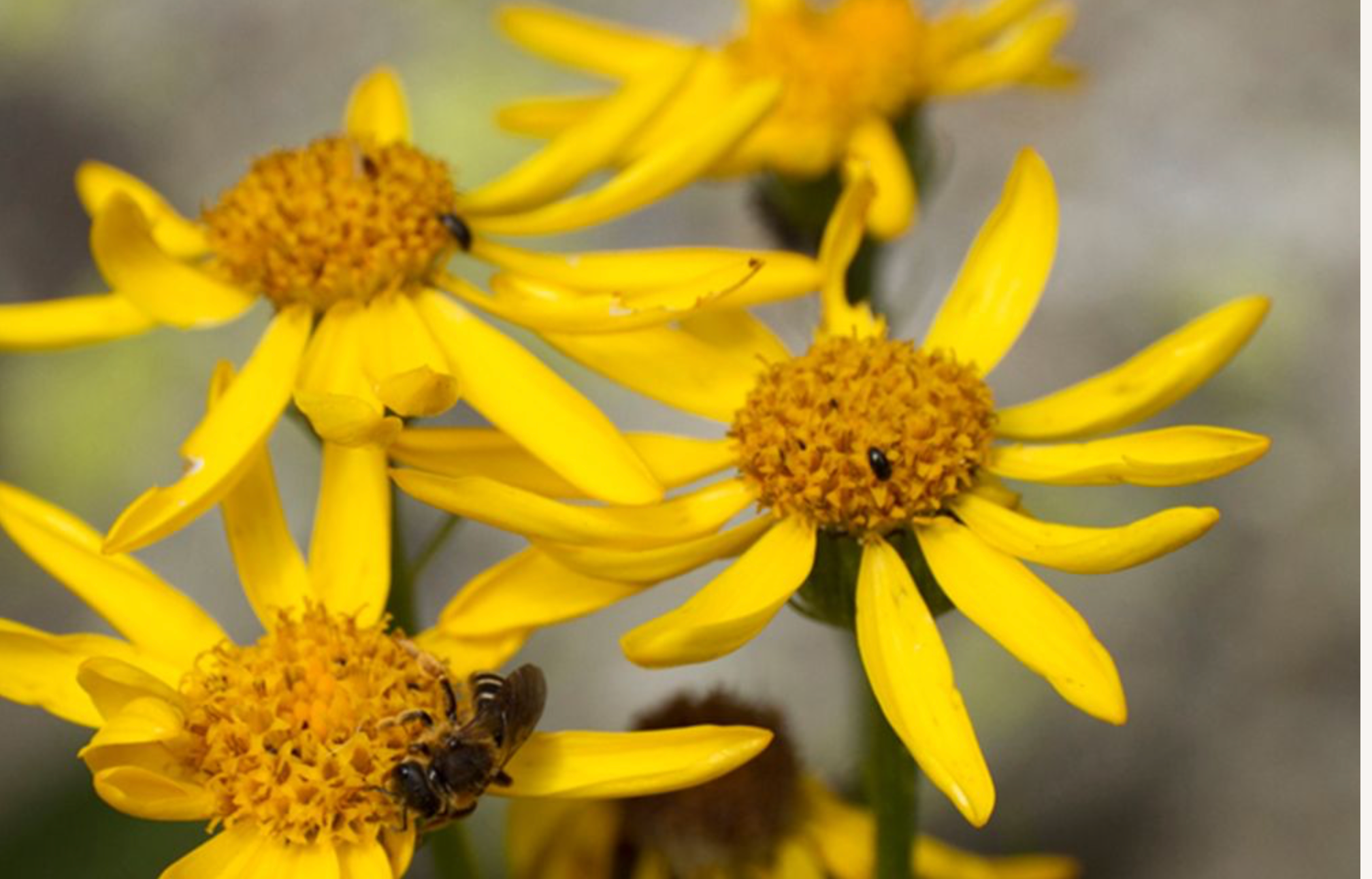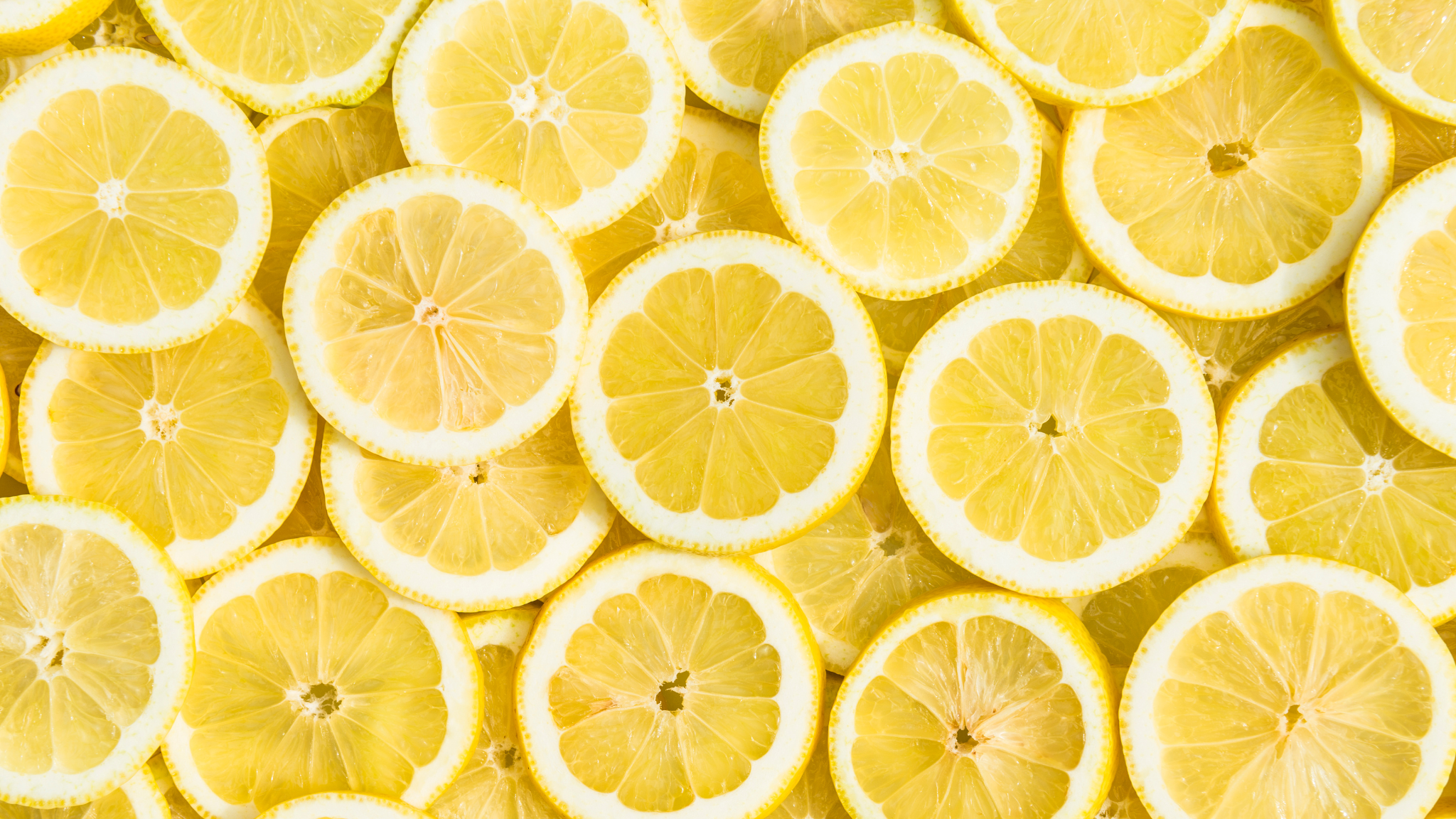With the vacation season here, it's time to prepare your family's emergency kit for the little aches and pains that could spoil your well-deserved stay. Essential oils figure prominently in this highly effective therapeutic arsenal. One of these is spike lavender essential oil— a real "first responder" as it's the ideal essential oil in at least two urgent situations. Nothing less than pure magic!
Spike lavender essential oil
Description
Spike lavender is also known as male lavender, as opposed to female lavender (true or officinal lavender), whose natural union gives rise to the natural hybrid known as lavandin. Spike lavender appreciates the gentleness of the Mediterranean climate: low scrubland and arid, chalky hillsides—especially if they're close to the sea. Spike lavender fears the cold, which is why above 800 meters it gives way to true lavender.
Spike lavender grows in elongated clumps. The 60 to 80 cm stem bearing the flowering top is branched (like a 3-branched fork). Its inflorescence of terminal spikes blooms at the end of summer. Spike lavender is discreet and blends in wonderfully with its rocky biotope.
Therapeutic benefits
Spike lavender's biochemical composition shows a fine molecular balance, offering multiple possibilities for diverse and varied interventions. We find 1.8 cineole (eucalyptol), a member of the terpene oxide family, at a concentration of 30%, sufficient for promoting respiratory system health. It also contains 30-35% terpene alcohols, which are useful for the same purpose. What's more, it can be used topically for skin concerns, including bites/stings and sores around the mouth or genital area. Camphor content is below 10%, so there's no need to worry if you reject ketone molecules. In fact, any essential oil whose ketones don't exceed 10% is considered safe for use on all types of patients. We can benefit from the mucolytic, healing, and analgesic benefits of this reference molecule in aromatic biochemistry.
We can't overlook spike lavender's outstanding effect on bites and stings (wasps, bees, snakes, and jellyfish). Its action is exceptional, and results are guaranteed as long as you apply it immediately—every 2-3 minutes for half an hour—in its pure, undiluted state. Biochemistry hasn't yet been able to scientifically explain this remarkable treatment, but it's likely a question of all of the plant's active and useful constituents together that make up what we call the molecular totum.
The same reasoning applies to its remarkable topical relief. Linalool is especially well known for this, as is camphor. These molecules bind to certain receptors scattered across the skin, muscles, and viscera and stimulate them to such an extent that these receptors become desensitized. The result is a soothing, calming effect. This mechanism is further reinforced by the presence of terpenes.
It's easy to see why having this essential oil close at hand can help you respond to accidental traumatic symptoms quickly and effectively.
Spike lavender is also commonly known as "lavender aspic." When we talk about its use, we might point out that the name "aspic" comes from the ancient Greek "aspis," which means both "viper" and "shield." An "asp" in English also refers to many types of snakes. The viper asp lives in the same rocky habitats of southern Europe where lavender aspic is found. Old literature reveals that when bitten by this snake, people in this region would simply pick spike lavender flowers and rub them freshly on the bite to release the essence that would neutralize the animal venom.
Therapeutic indications of spike lavender essential oil
After-sun care and other minor burns.
First, always cool the skin tissue at risk of burning by placing it under gentle, cool, running water (tap water, for example) for 5-10 minutes. Then, after patting the skin dry, apply a sufficient number of drops of pure spike lavender essential oil to cover the affected skin. Repeat every 5 minutes for half an hour.
Thereafter, use 3 applications per day of the following mixture:
- Spike lavender essential oil 2 ml
- Lavender essential oil 2 ml
- Blue tansy essential oil 1 ml
- Peppermint essential oil 1 ml
- Tamanu virgin plant oil: 4 ml
- Aloe vera gel or shea butter: 1.5 oz
Bronchial, sinus & ear support
- Spike lavender essential oil 2 ml
- Ravintsara essential oil 3 ml
- Thyme ct linalol essential oil 3 ml
- Clove essential oil 2 ml
- Jojoba virgin plant oil 15 ml
Ear concerns: 2-3 drops as an outer-ear massage up to 3 times a day for 5 days.
Sinus concerns: 2-3 drops massaged into the forehead, 4-6 times a day for 5-7 days and/or 8 drops in boiling inhaler water, 2 times a day for 5 days.
Bronchial concerns: 15-20 drops on the chest or upper back 6 times a day for 10-15 days.
Stings and bites of all types (mosquitoes, horseflies, wasps, jellyfish):
- Spike lavender essential oil 2 ml
- Peppermint essential oil 1 ml
- Blue tansy essential oil 1 ml
- St John's wort virgin plant oil 10 ml
4-6 local applications on the affected area 4-6 times a day for up to 3 days.
Minor bumps, cuts & bruises:
- Spike lavender essential oil 2 ml
- Clove essential oil 1 ml
- Tea tree essential oil 1 ml
- Lemongrass essential oil 1 ml
- St John's wort virgin plant oil 5 ml
- Shea butter 1.7 oz
2 local applications per day on area of concern for one week.
Using spike lavender essential oil in everyday life
Lice
Spike lavender essential oil can be an effective solution for combating head lice—but without resorting to irritating and potentially dangerous chemicals.
If you or your child are concerned that you have been or will be exposed to lice, simply add two drops of spike lavender essential oil to your usual dose of shampoo. Then rub two drops of spike lavender over the bristles of a comb and gently work through your hair. This fragrant yet effective method helps repel lice while keeping your hair healthy.
Stress management, sleep & a calm mind
For these concerns, we recommend using Lavandula angustifolia, or "true" lavender essential oil. Its relaxing and soothing properties go to work on nervous tension and promote deep relaxation. To enjoy the therapeutic benefits of this essential oil when facing stress or anxiety, simply add a few drops to a diffuser or dilute the oil in a virgin plant oil for a soothing massage right before bedtime. This will help you relax and find your inner peace.
Article written by Dominique Baudoux, founder of Pranarôm scientific aromatherapy.

